Are children less likely to spread COVID-19? The research points to yes.
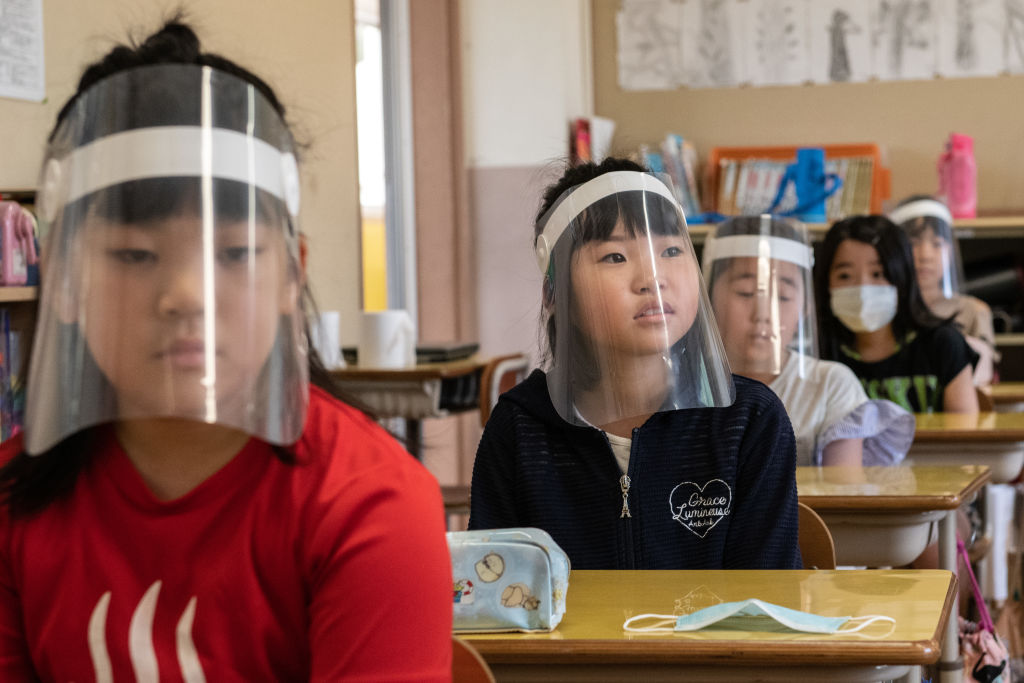

School will start up again in August or September, and plans are in flux — in most school districts but also in families. The American Association of Pediatrics offered its advice this week, and it was a little unexpected. Children should be "physically present in school" as much as possible, AAP "strongly" urged. One of their rationales: Unlike with the flu, it seems "children may be less likely to become infected and to spread infection" of the COVID-19 coronavirus.
"What we have seen so far in the literature — and anecdotally, as well — is that kids really do seem to be both less likely to catch the infection and less likely to spread the infection," pediatric infectious disease specialist Sean O'Leary, who helped write the AAP's guidelines, tells The New York Times. "It seems to be even more true for younger kids, under 10 or under 12." There are very few reports of the virus spreading in U.S. day care centers, he said. "And it seems like in countries where they have reopened schools, it plays a much smaller role in driving spread of disease than we would expect."
"Austria, Denmark, Germany, and Norway have reopened schools without major outbreaks," though they opened slowly, limited class size, and used aggressive mitigation strategies, epidemiologist Jennifer Nuzzo and pediatrician Joshua Sharfstein elaborate in a New York Times op-ed. "Israel experienced outbreaks in schools, but only after loosening limitations on class sizes." They ran through some other data points:
The Week
Escape your echo chamber. Get the facts behind the news, plus analysis from multiple perspectives.

Sign up for The Week's Free Newsletters
From our morning news briefing to a weekly Good News Newsletter, get the best of The Week delivered directly to your inbox.
From our morning news briefing to a weekly Good News Newsletter, get the best of The Week delivered directly to your inbox.
Early in the COVID-19 epidemic, Australia identified 18 infected youth in 15 schools; health officials traced 863 contacts of the students, only two of whom were found to have been infected. The Pasteur Institute in France found just three probable cases of COVID-19 in school-age children among 510 students in a town that experienced a major outbreak; the children did not pass the infection to teachers or other students. [Nuzzo and Sharfstein, The New York Times]
"Accumulating evidence and collective experience argue that children, particularly school-aged children, are far less important drivers of SARSCoV-2 transmission than adults," but it's not clear why, Dr. Benjamin Lee and Dr. William Raszka write in the journal Pediatrics. Maybe because infected children "are so frequently mildly symptomatic, they may have weaker and less frequent cough, releasing fewer infectious particles into the surrounding environment." But it could also be that kids have been staying more socially distant. It would be nice to know more before classes start.
A free daily email with the biggest news stories of the day – and the best features from TheWeek.com
Peter has worked as a news and culture writer and editor at The Week since the site's launch in 2008. He covers politics, world affairs, religion and cultural currents. His journalism career began as a copy editor at a financial newswire and has included editorial positions at The New York Times Magazine, Facts on File, and Oregon State University.
-
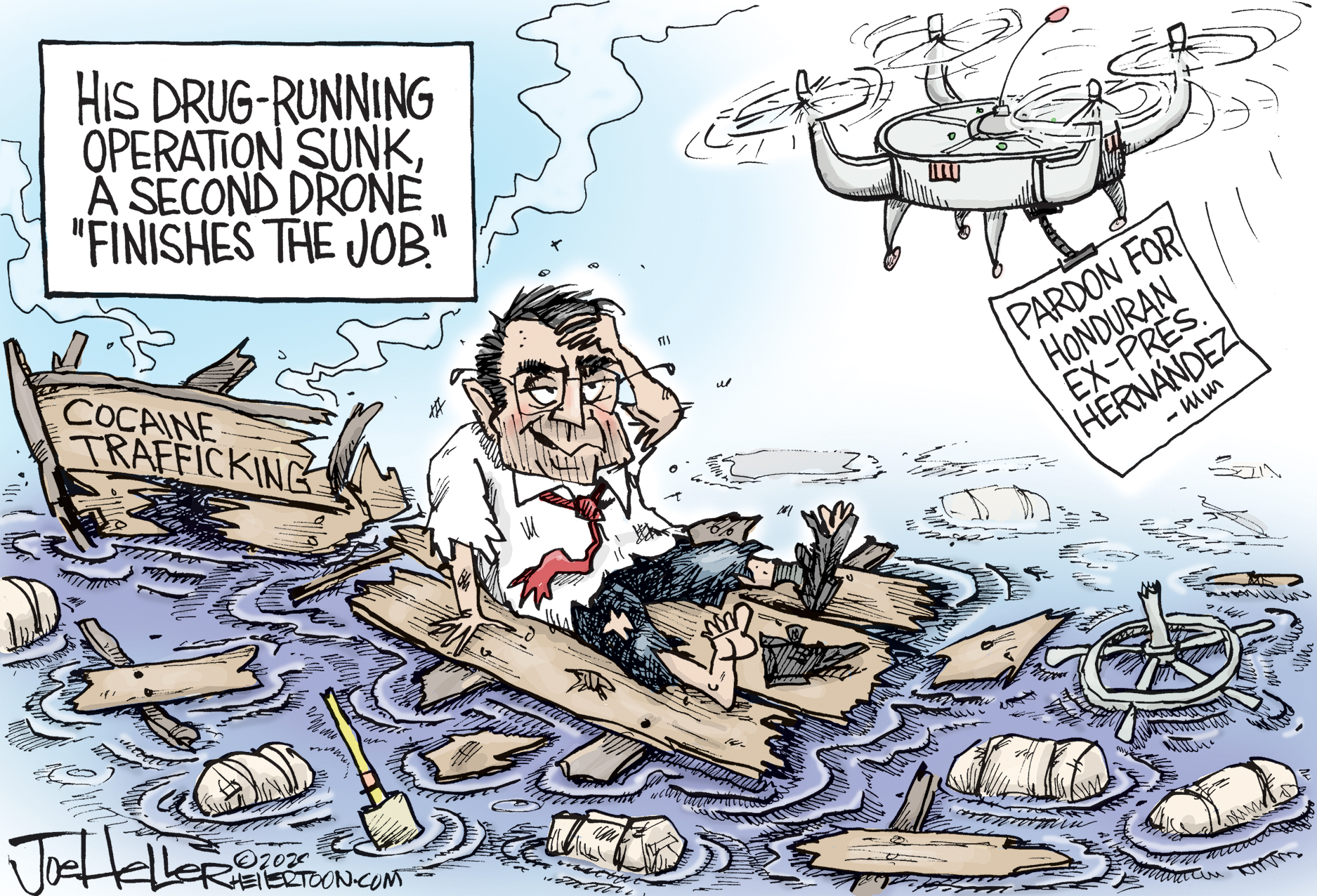 Political cartoons for December 6
Political cartoons for December 6Cartoons Saturday’s political cartoons include a pardon for Hernandez, word of the year, and more
-
 Pakistan: Trump’s ‘favourite field marshal’ takes charge
Pakistan: Trump’s ‘favourite field marshal’ takes chargeIn the Spotlight Asim Munir’s control over all three branches of Pakistan’s military gives him ‘sweeping powers’ – and almost unlimited freedom to use them
-
 Codeword: December 6, 2025
Codeword: December 6, 2025The daily codeword puzzle from The Week
-
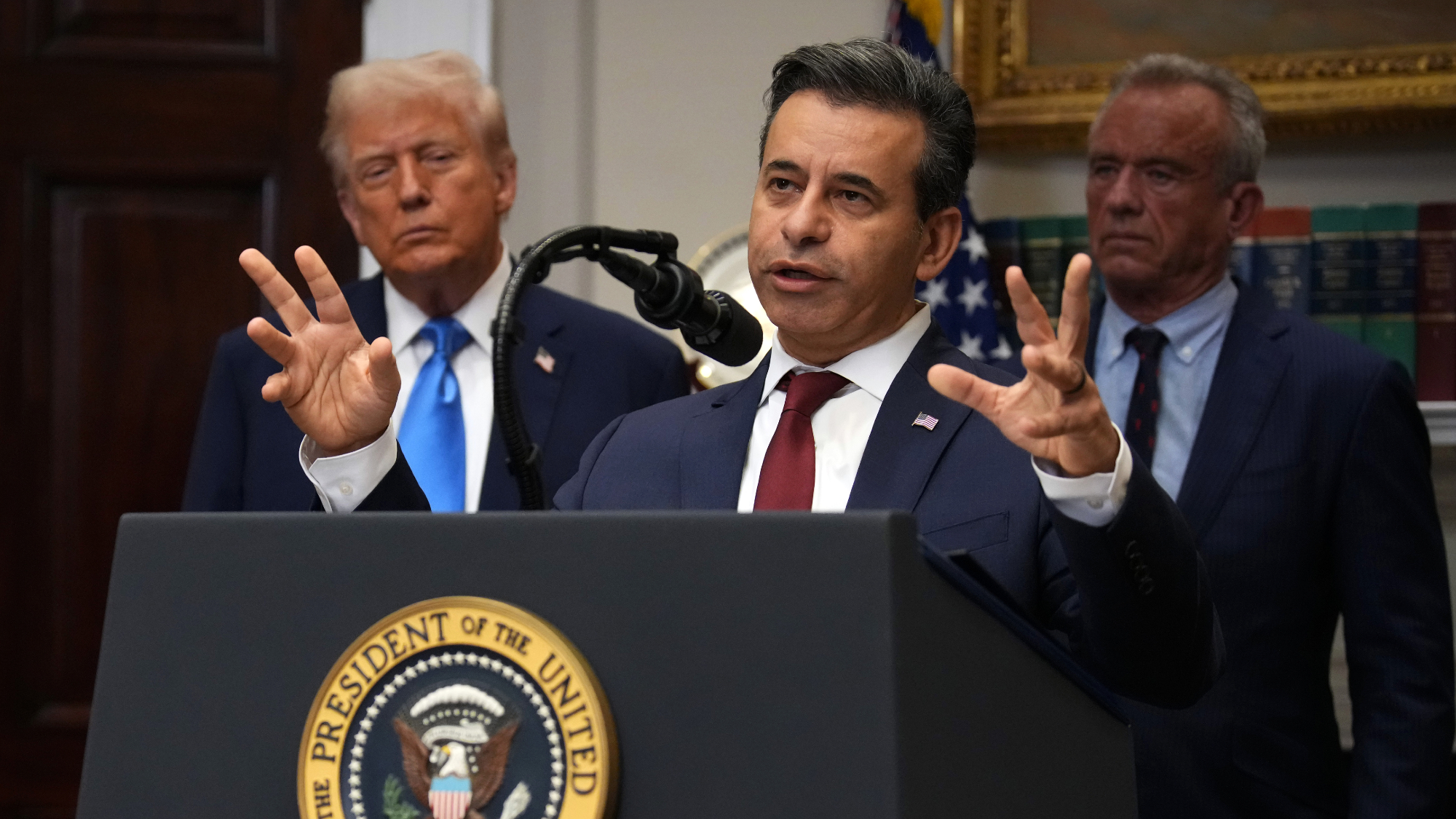 FDA OKs generic abortion pill, riling the right
FDA OKs generic abortion pill, riling the rightSpeed Read The drug in question is a generic version of mifepristone, used to carry out two-thirds of US abortions
-
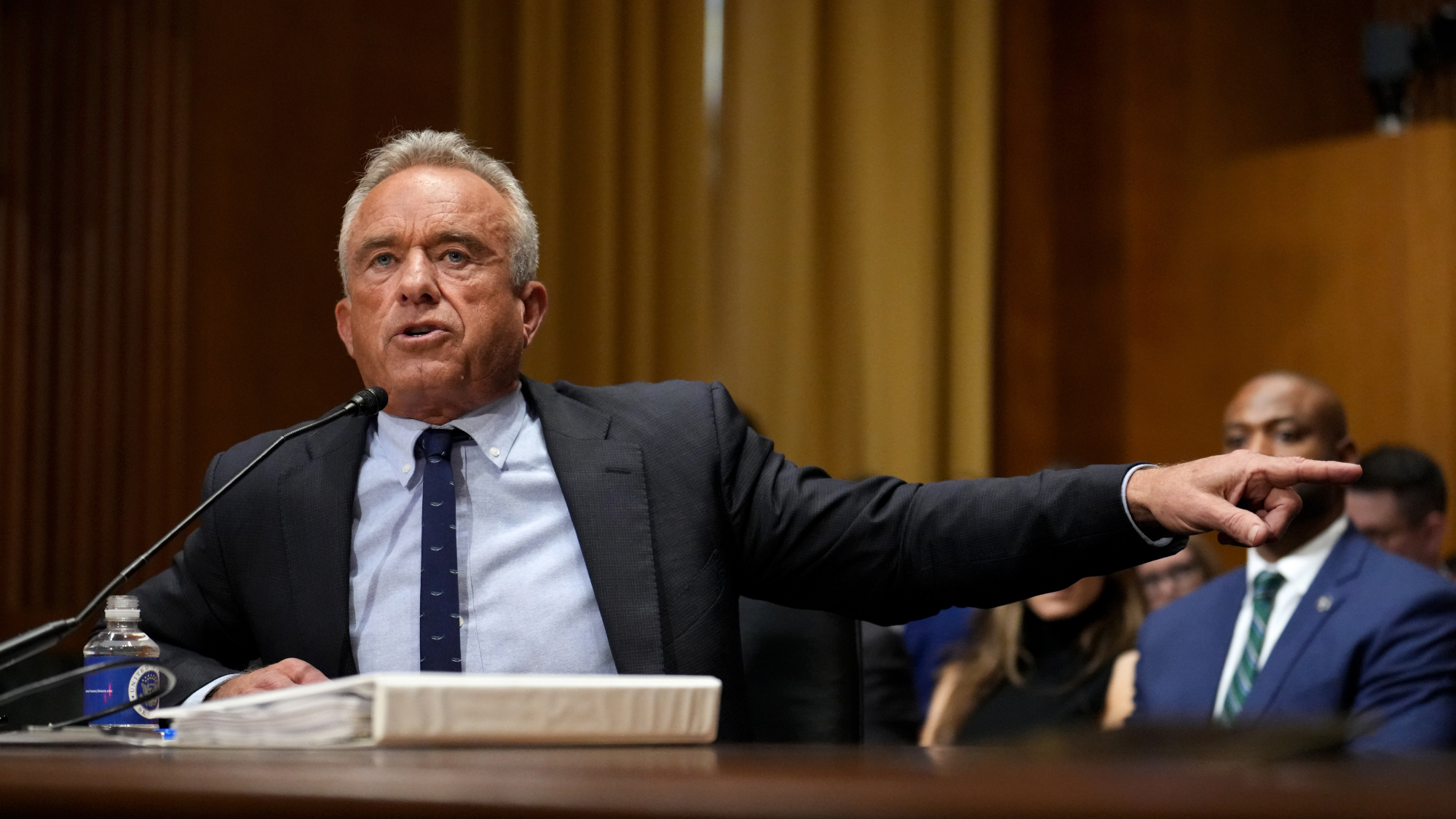 RFK Jr. vaccine panel advises restricting MMRV shot
RFK Jr. vaccine panel advises restricting MMRV shotSpeed Read The committee voted to restrict access to a childhood vaccine against chickenpox
-
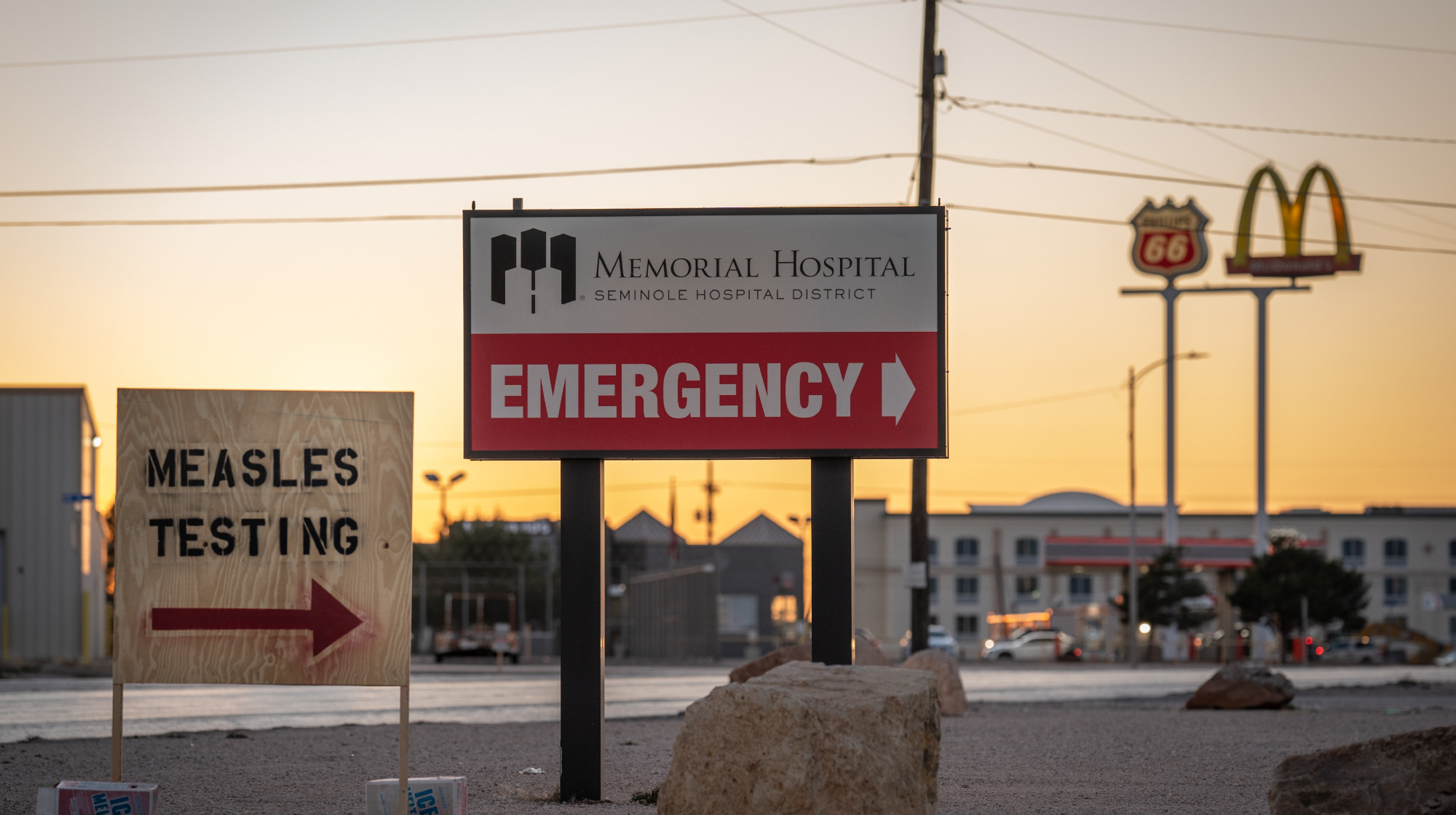 Texas declares end to measles outbreak
Texas declares end to measles outbreakSpeed Read The vaccine-preventable disease is still spreading in neighboring states, Mexico and Canada
-
 RFK Jr. shuts down mRNA vaccine funding at agency
RFK Jr. shuts down mRNA vaccine funding at agencySpeed Read The decision canceled or modified 22 projects, primarily for work on vaccines and therapeutics for respiratory viruses
-
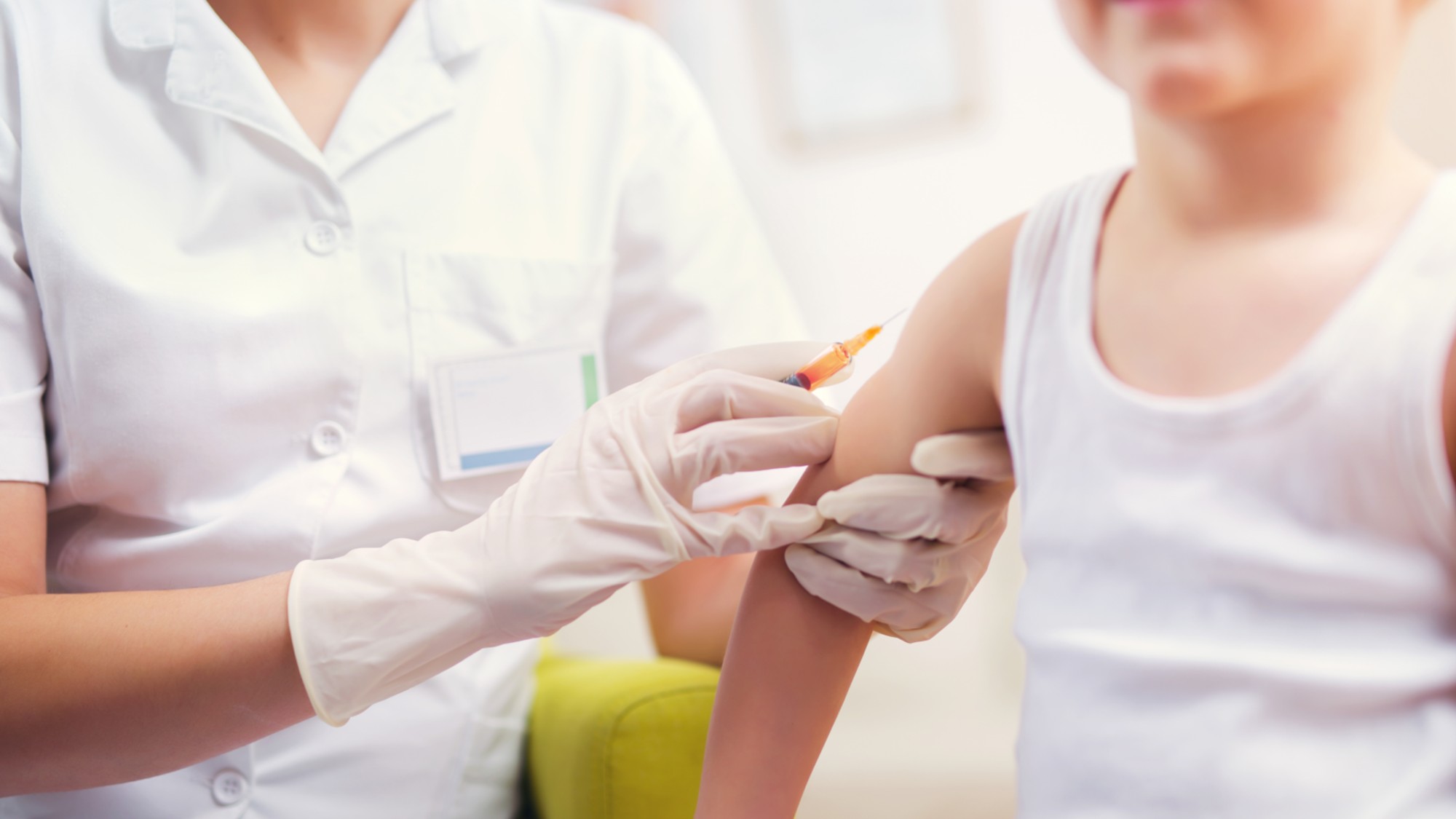 Measles cases surge to 33-year high
Measles cases surge to 33-year highSpeed Read The infection was declared eliminated from the US in 2000 but has seen a resurgence amid vaccine hesitancy
-
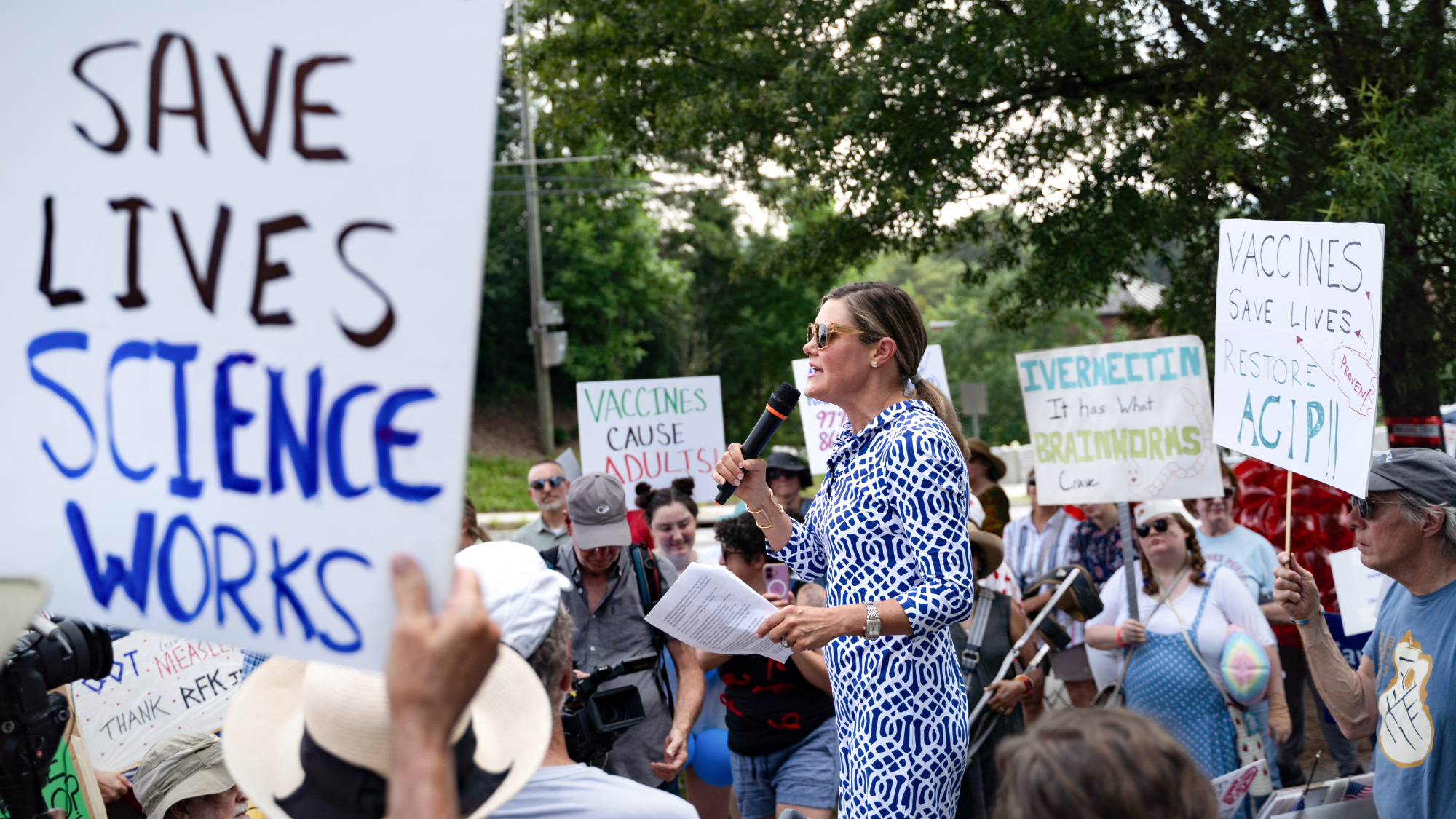 Kennedy's vaccine panel signals skepticism, change
Kennedy's vaccine panel signals skepticism, changeSpeed Read RFK Jr.'s new vaccine advisory board intends to make changes to the decades-old US immunization system
-
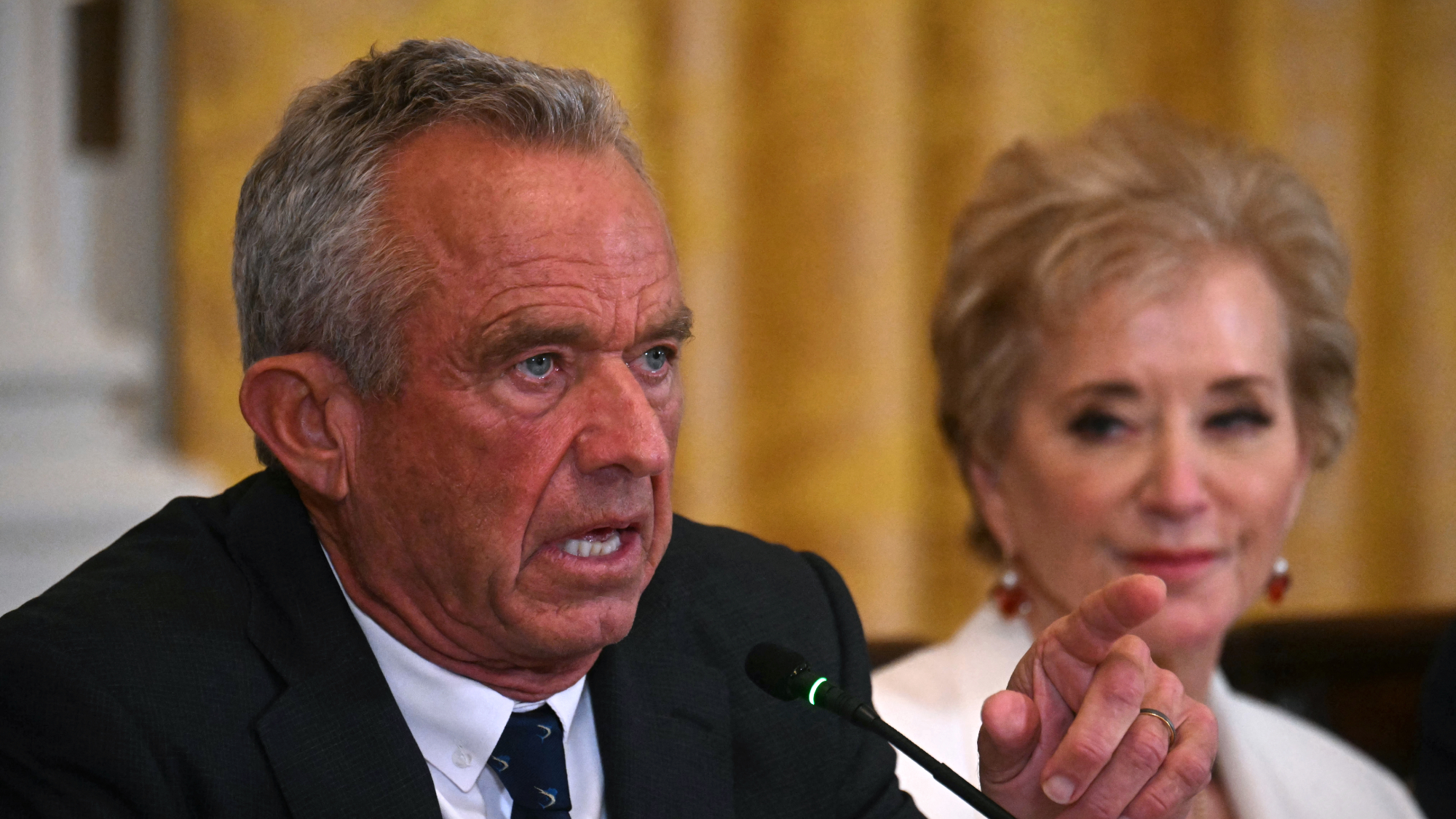 Kennedy ousts entire CDC vaccine advisory panel
Kennedy ousts entire CDC vaccine advisory panelspeed read Health Secretary RFK Jr. is a longtime anti-vaccine activist who has criticized the panel of experts
-
 RFK Jr. scraps Covid shots for pregnant women, kids
RFK Jr. scraps Covid shots for pregnant women, kidsSpeed Read The Health Secretary announced a policy change without informing CDC officials
